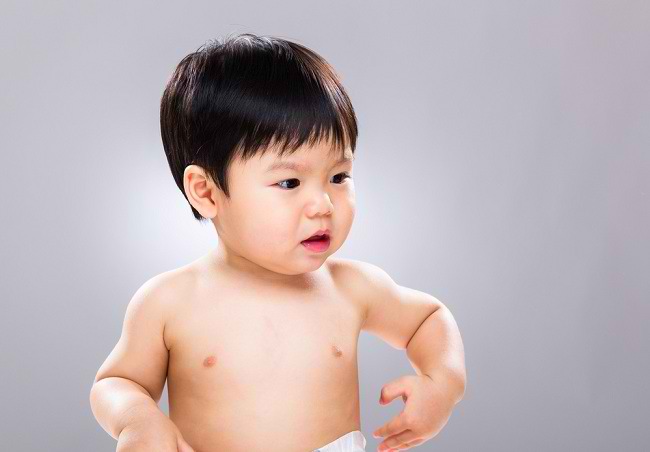Recognize Different Types of Skin Allergies in Infants and Children
Skin rashes that don't heal can be one indication that there are n
Although allergies are generally not dangerous, skin allergies in babies and children cannot be underestimated. This condition can cause a variety of other disorders if left unchecked. Babies and children with allergic skin can also become more fussy and lack sleep due to itching.

Skin Allergy Types Frequent Occurrences in Infants and Children
Skin allergies in infants and children can be caused by two things. First, because the skin is in direct contact with an allergen-triggering substance. Second, when the immune system reacts by releasing histamine to the skin in response to the entry of allergens into the body.
Some types of skin allergies that often affect infants and children are:
1. Itching and swelling
The itching is the appearance of red and itchy spots or bumps on the skin surface. Itching due to allergies usually does not last long, can last only a few hours or several days, and can heal by itself.
Skin allergies can also occur in the form of angioedema. Angioedema is swelling of the tissue under the skin, and can occur in various parts of the body, such as on the lips, eyelids, or genital organs. If it occurs in the throat, angioedema can cause shortness of breath.
Itching and agioedema can be triggered by insect bites or stings, viral infections, antibiotics, or plant sap. In addition, eggs, milk, soybeans, beans, wheat, and seafood can also trigger this condition.
2. Contact dermatitis
Contact dermatitis is a type of skin allergy that often occurs. This situation can arise due to direct contact with allergic substances. Symptoms that can occur are rashes, severe itching, and the skin looks dry and scaly.
The substances that trigger contact dermatitis are very diverse, ranging from soap, detergent, perfume, pollen, dust, to animal hair. In addition, cosmetics, chemicals, ingredients contained in toothpaste and mouthwash, medicines used on the skin, and metals can also be a trigger for contact dermatitis.
3. Allergy due to saliva
The type of skin allergy in infants and subsequent children is allergic to saliva which moistens the mouth and chin. When it comes in contact with saliva, babies and children who have allergies will experience a reddish rash and the appearance of small lumps in the mouth, chin, and chest.
Allergy to saliva is sometimes not realized by parents. Rashes and small lumps that appear often are considered as allergic reactions due to food consumed by infants and children.
Saliva allergy is really nothing to worry about. However, if the rash appears crusty or yellow, you should immediately check it out with your doctor because this can indicate an infection.
4. Eczema
At least 10% of children in the world suffer from eczema. This type of skin allergy can occur in infants and children who suffer from food allergies, allergic rhinitis, or asthma.
Eczema in infants and children is characterized by the appearance of a rash on the face or head. This rash then spreads to the chest and arms. In addition to the appearance of a rash, eczema is also often accompanied by dry and thickened skin, and repeated infections of the skin.
The cause of eczema in infants and children is not known for certain, but avoid using bath soap or detergent clothing with harsh chemicals, as well as towels or clothes that are rough in infants and children, so that their eczema does not get worse.
Some of the above types of skin allergies often occur in infants and children. But by knowing the originator, you can take precautions against various conditions. If necessary, do an examination with your doctor to find out about allergy triggers and proper handling.
Label : Health
Comments
Post a Comment